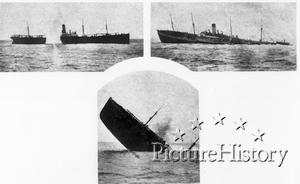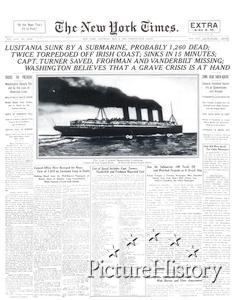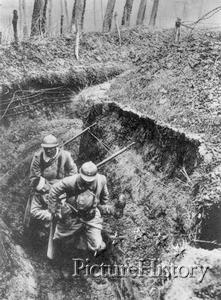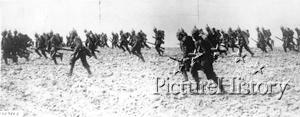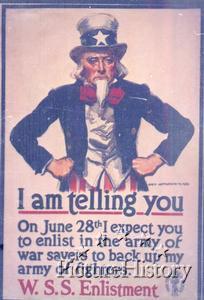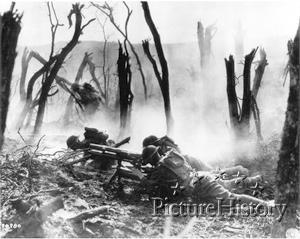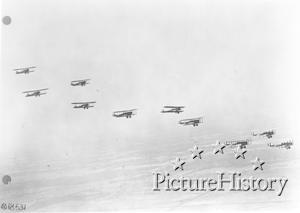|
USII.4a The Spanish American War |
|||||||||||||||||||||||
| The student will
demonstrate knowledge of the changing role of the United States from the
late nineteenth century through World War I by a) explaining the reasons for and results of the Spanish American War. |
|||||||||||||||||||||||
|
What were the reasons for the Spanish American War? |
|||||||||||||||||||||||
|
** Economic interests and public opinion often influence U.S. involvement in international affairs. |
|||||||||||||||||||||||
| Reasons for the Spanish American War Protection of American business interests in Cuba American support of Cuban rebels to gain independence from Spain Rising tensions as a result of the sinking of the U.S.S. Maine in Havana Harbor Exaggerated news reports of events (Yellow Journalism) |
|||||||||||||||||||||||
|
What were the results of the Spanish American War? |
|||||||||||||||||||||||
|
** The United States emerged as a world power as a result of victory over Spain in the Spanish American War. |
|||||||||||||||||||||||
| The United States emerged as a world power. Cuba gained independence from Spain. The United States gained possession of the Philippines, Guam, and Puerto Rico. |
|||||||||||||||||||||||
|
Background and Detail
|
|||||||||||||||||||||||
| The Spanish American War - April 25-August 12, 1898
The war between the U.S. and Spain, lasted only 4 months. Most of the fighting occurred on Cuba and the Philippines on opposite sides of the world. In 1895 Cuban nationalists began a revolt against the Spanish government. The U.S. was concerned about protection of American business interests in Cuba. American business owned huge tracts of land in Cuba to grow sugar, and the sugar trade was very profitable for U.S. business. Cubans had been unhappy with Spanish rule for some time, and Americans were sympathetic. Spain's harsh attempts to put down the Cuban revolt and cruel treatment of the Cubans increased support in the U.S. for Cuba's struggle for independence. President McKinley, however, had personally seen so much death and destruction during the Civil War that he was hesitant to get involved. Yellow Journalism Newspapers, competing for sales, exaggerated
stories of the horrors of Cuban life under oppressive Spanish rule.
The Spanish had confined many Cubans to concentration camps. The
press called them "death camps." and wrote headlines like
Spanish Cannibalism, Inhuman Torture, Amazon Warriors Fight For
Rebels. Newspapers sent hundreds of reporters, artists, and
photographers to Cuba to report Spanish atrocities. The name Yellow Journalism came from this popular cartoon of the Yellow Kid, who wore a yellow gown gown while he mocked upper-class customs.
|
|||||||||||||||||||||||
|
|||||||||||||||||||||||
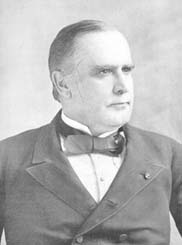
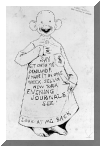
 Then
one night the battleship blew up and sank, killing 266 men. The
American press immediately blamed the Spanish, though there was no
evidence that the the Spanish were responsible. In order to attract
readers they even faked pictures showing Spanish soldiers planting mines
around the ship. Hundreds of editorials demanded revenge. Soon a rallying
cry could be heard everywhere -- in the papers, on the streets, and in the
halls of Congress: "Remember the Maine! To ** with Spain." President
William McKinley was pressured by Congress into asking for a declaration
of war.
Then
one night the battleship blew up and sank, killing 266 men. The
American press immediately blamed the Spanish, though there was no
evidence that the the Spanish were responsible. In order to attract
readers they even faked pictures showing Spanish soldiers planting mines
around the ship. Hundreds of editorials demanded revenge. Soon a rallying
cry could be heard everywhere -- in the papers, on the streets, and in the
halls of Congress: "Remember the Maine! To ** with Spain." President
William McKinley was pressured by Congress into asking for a declaration
of war.
